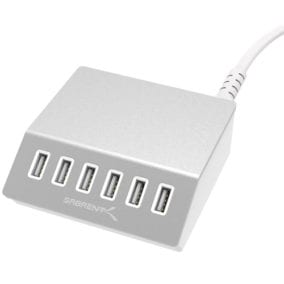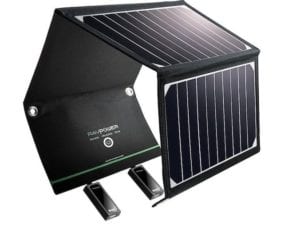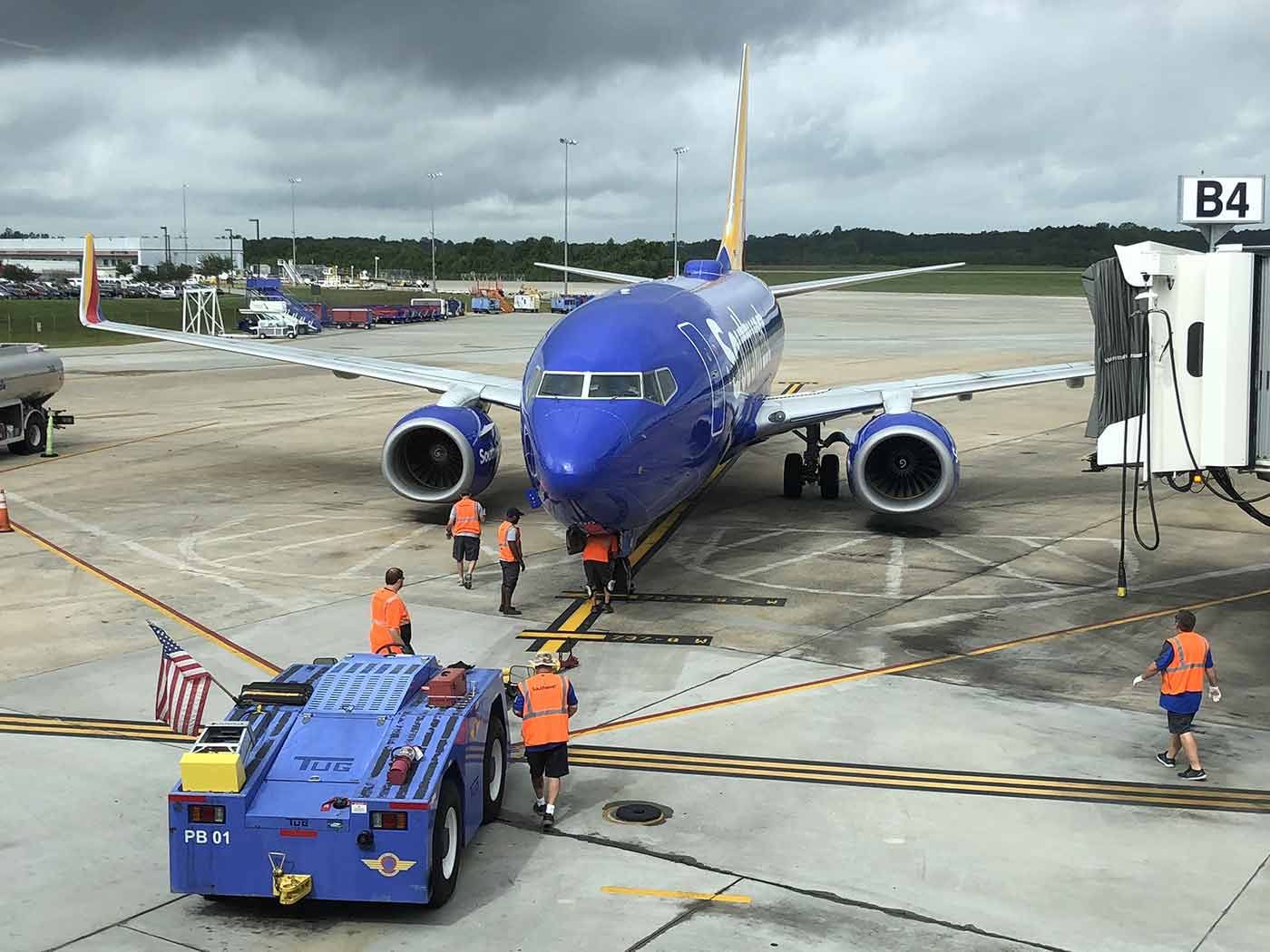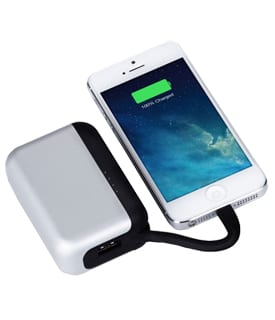
This is the last of our Tips for Travelers 2019 series, bringing you helpful hints on how to travel with confidence with your tech gadgets anywhere you go. Today we’re looking at the lifeblood of your devices — power — and how to make sure that your tech is charged and ready to run wherever you are.
Other articles in this series include:
- Packing Tech for a Trip
- Apps You Should Install Before Departure
- Staying Connected on the Road
- Physical Security For Your Mobile Devices
All of the posts so far have assumed one very important thing; that your tech gizmos are fully charged up and ready to go. For example, Find My iPhone won’t help you too much if your device is lost and only had 1% charge when you lost it, as it will usually just croak out the last location it “remembered” before giving its last gasp and shutting down. Likewise, you’re not going to do a lot of Instagramming of your fun trip if your battery keeps going dead. In this post I’ll talk about handy items to have when you’re near a power outlet and how to power your tech when you’re completely off the grid.
When A Power Outlet Is Available
Most of the world has power, so if you can find a place of business, you most likely have a place to recharge. Just be nice and buy something if you decide to top off your gizmos on a public outlet.

Chances are good that if you’re desperate for power, others will be too! I always find a multi-outlet power strip or USB charger to be a great help. If one person is hogging a plug, I ask if I can plug in my Sabrent 6-Port USB Charger so more people can share the electric love. I’ve never had anyone turn me down yet.
Of course, that doesn’t help if more than one person needs to plug in a laptop, which is why a combo device like the Kopi K Bar Combo (with 3 standard US AC outlets and two USB ports) can be helpful as well. It doesn’t take up much space and can help your devices survive erratic power with a built-in surge protector.
All Apple products have used switching power supplies for years, allowing them to run on 110 or 220 V at 50 or 60 Hz, but if you can’t find an adapter for your US plug, you might be out of luck. That’s where a plug adapter is useful for international travel, with the EnerPlex Travel Adaptor for US, UK and EU or Macally Universal Power Plug Adapter being good examples of this kind of device.
On a road trip? A dual port charger can keep a pair of iPhones topped off while driving, important if you’re finding your way with downloaded maps from Google or Apple Maps.
Perhaps I’m the world’s most unlucky airline traveler, but it seems like nine times out of ten, the USB port or power plug at my airplane seat isn’t working. That’s why I always carry a battery pack with me, and there are plenty of different models available. If you use a MacBook, one of the larger capacity battery packs with USB-C ports can keep you working on even the longest flight. I’m a fan of battery packs (AKA “Power Banks”) that have over 25,000 mAh (milli-amp hours) of storage, as they can recharge smaller devices many times without needing a charge themselves.
Off The Grid
Going camping? Traveling to a place that shockingly enough hasn’t been electrified? There are a number of ways to get power even when you’re in the proverbial “middle of nowhere”. Over the years I’ve reviewed a number of these solutions and they work well to charge devices and battery packs.

Solar chargers like those from RAVPower (see image above) are power and light enough to carry everywhere. Many backpackers I know clip one of these to a tent or even a backpack for charging on the go. They’re not only excellent for wilderness use, but emergencies as well.
How about cookstoves and even cook pots that can generate electricity? Unless you are a fan of eating uncooked food while camping, you’ll need to start a small fire for heating your meals. That fire can also provide power to charge your gear through the thermoelectric effect.
Conclusion
Keeping your tech gear charged can be one of the biggest challenges while traveling. When you’re “on the grid”, plugs, adapters, and battery packs can keep your devices running well, while there are solutions using solar and biomass to power your life in the wilderness.
This is the last of the Tips for Travelers 2019 series, and I hope you’ve both enjoyed reading it and have learned something to keep your travels worry-free.









It might be worth mentioning that plugging a 110v power bar into a 220v power source will likely fry it. When I travel I take a power bar that can accept 110-240volts and also has several USB ports. It’s not an AC voltage adapter, but as the article mentioned, I use my switching adapters to recharge phone/tablet/laptop/camera accessories and various devices. That way I only need one adapter plug, for the power bar. Read the adapter labels to ensure that they can work with a range of voltages.